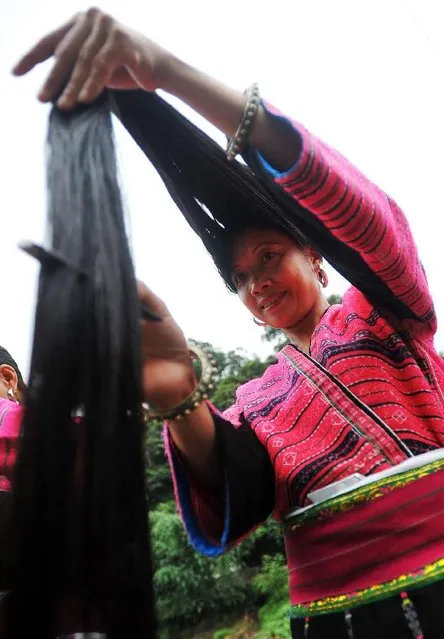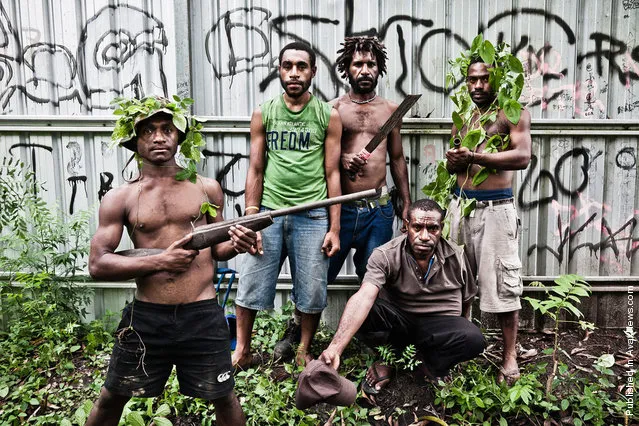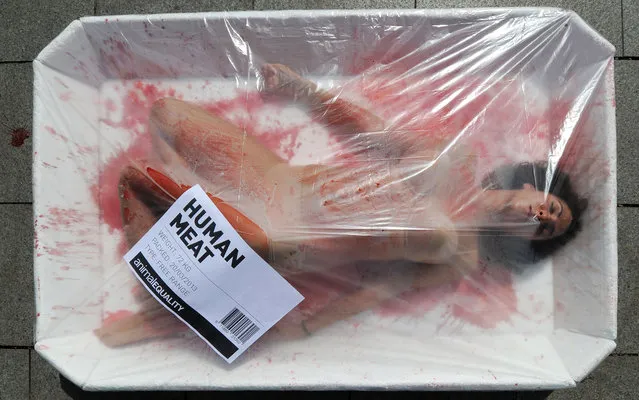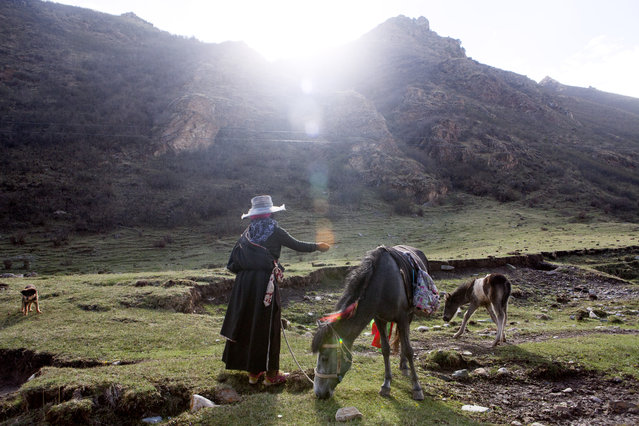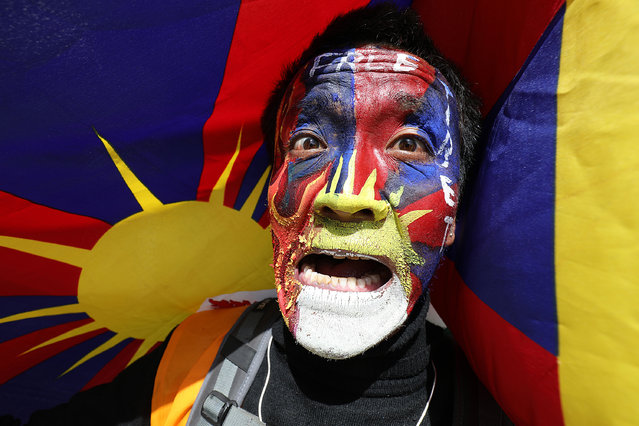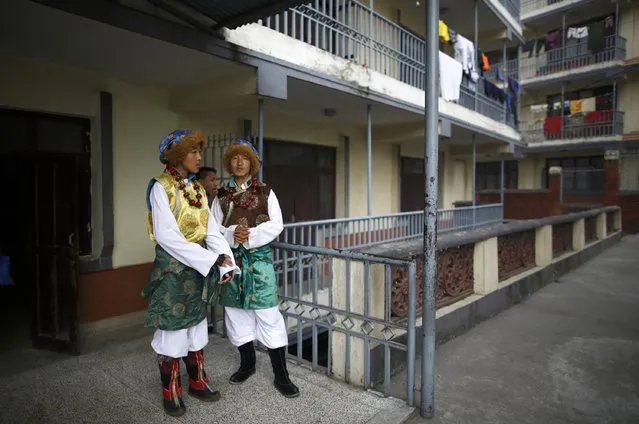
The players of Denmark huddle prior to the FIFA Women's World Cup qualifier match between Denmark and Sweden at Viborg Stadion on September 4, 2018 in Viborg, Denmark. (Photo by Lars Ronbog/FrontZoneSport via Getty Images)
10 Jun 2019 00:05:00,post received
0 comments

